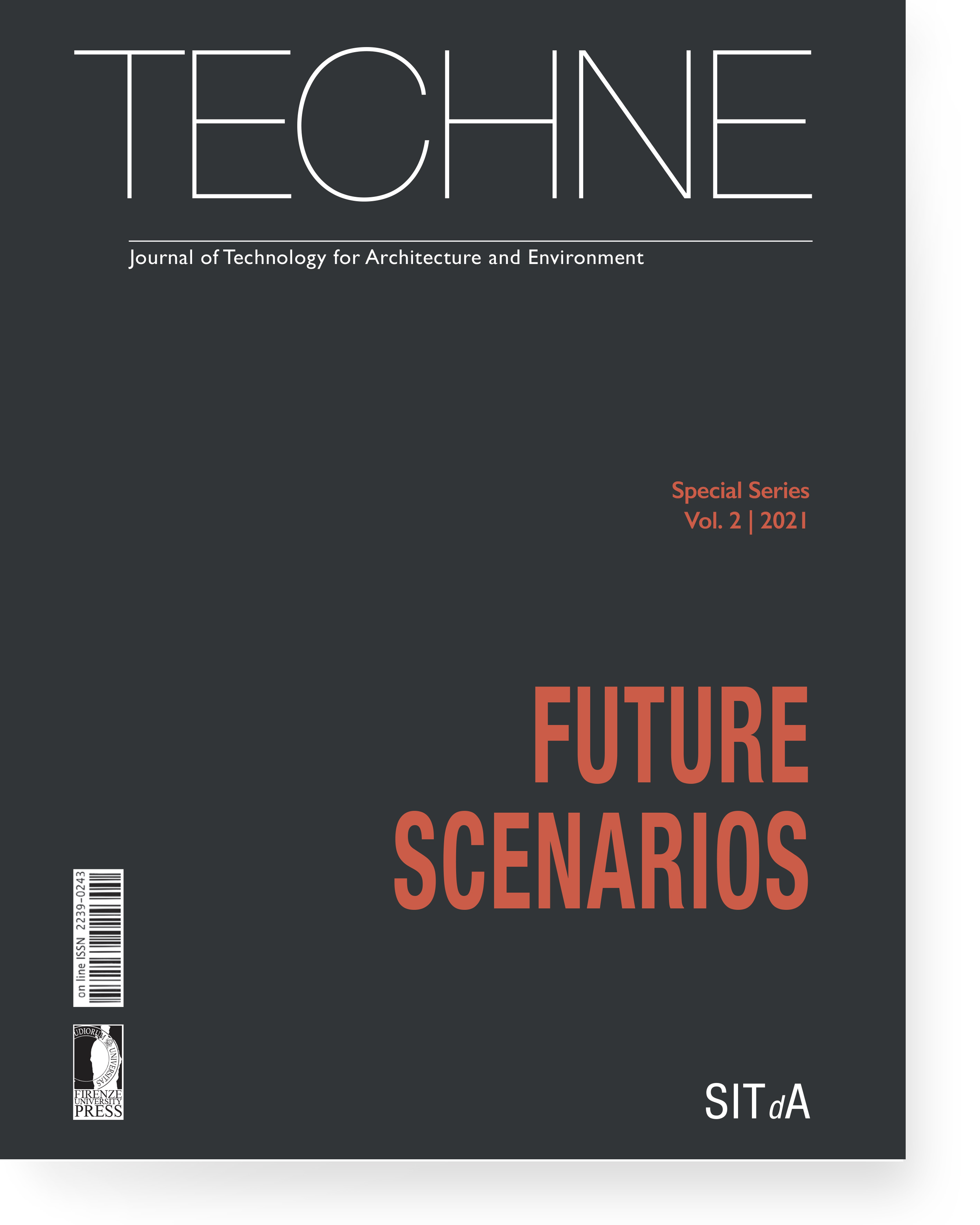Published 2021-03-22
How to Cite
Abstract
Material cultures are the result of human ingenuity and aim at a purpose: a very basic notion of “technology”. They have surrounded the birth of human babies for more than three million years, much earlier than previously thought. In 2015, the discovery of an enigmatic lithic industry was announced at the Lomekwi 3 site on the western shore of Lake Turkana in Kenya, surprisingly dated to 3.3 million years ago, that is, more than half a million years older than the first known fossil belonging to the genus Homo. We have to rewrite the textbooks because it is unlikely that Homo habilis was the first human to build and manipulate tools (Harmand et al., 2015). He no longer deserves his surname. Lomekwi’s tools are rudimentary and often unfinished, but already diversified: they are a lithic “industry” in all respects, not a failed experiment of occasional creativity. We do not know which technologist hominin made them: in those regions in Africa, at that time, australopithecines of the A. afarensis species (like Lucy) and their Kenyanthropus cousins circulated. They had a brain that was a third of ours.
Our brains develop for two thirds after birth. Thus, the experiences, the care we receive, the family and social context in which we grow, the encounters that happen to us, the games with friends, what we learn by social imitation, and so on, literally carve our brains (Dehaene et al., 2015). Therefore, in the past, the tools and technological (bodily and mental) prostheses that we learned to use, that surrounded us since we were born and that perhaps we ourselves contributed to invent or improve, shaped our brains (Wrangham, 2009). Fire, cooking food, group life have transformed the environment around us, making it more permissive, relaxing natural selection, so allowing the affirmation of costly adaptations such as neoteny (the retention of juvenile traits in adults, our developmental secret) and articulated language.
Long after, when the last glaciation ended 11.700 years ago, after a long period of trials and errors (intuitive selection of plants for feeding and self-medication, flour production, and so on), some populations of Homo sapiens learned to systematically domesticate plants and animals in several regions of the globe. Today, we think of agriculture as the domain of the “natural”, but actually it was the largest technological experiment in the engineering of terrestrial ecosystems ever done. Some plant and animal species started to produce goods useful to humanity, as of course they would never have done. Artificial selection has radically transformed them, morphologically and genetically. Nevertheless, from their point of view, domesticated plants and animals have cleverly used us humans as vehicles of diffusion. As a result, ecologically and geologically speaking, the Earth has never been the same via technologies. The Anthropocene is an old story.






